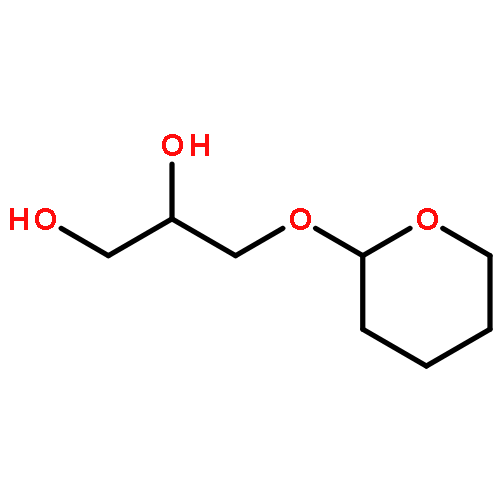Co-reporter: Bong-Gi Kim, Eun Jeong Jeong, Ki Hwan Kwon, Yeong-Eun Yoo, Doo-Sun Choi, and Jinsang Kim
pp: 3465
Publication Date(Web):July 3, 2012
DOI: 10.1021/am3005303
As the desired feature size of mold-assisted lithography decreases rapidly efficient demolding process becomes more challenging due to strong adhesion between polymeric resists and fine-featured molds. We synthesized new macromolecular additives and investigated the effects of surface energy and contraction of resist materials on demolding propensity by monitoring the adhesion force between the resist and the applied mold. The resist’s surface energy was controlled, as inferred from water contact angle measurements, by chemically modifying its hydroxyl functionality. The resist’s degree of volume shrinkage during the photocuring procedure was also controlled by mixing in a newly developed chemical that has a multiple radical chain transfer capability. The adhesion force was proportionally reduced as the surface energy of the resist materials decreased and as the volume shrinkage was reduced. When the volume shrinkage control was applied in conjunction with the low surface energy resist material (LS-30UV), we obtained an optimized condition requiring a minimum force for releasing the mold from the cured resist layer.Keywords: adhesion; multichain transfer agent; radical chain transfer; synthesis; transparent UV-cure resin; UV imprint lithography;
